President Profiles
Bill Orpin – Founder of the Kingston Wheelers who lived for cycling
William Joseph Redvers Orpin, born 21 February 1900, formed the Kingston Wheelers in 1924. After placing an ad in the Surrey Comet with instructions for anyone interested in a group ride to meet outside a café on the High Street near the Coronation Stone, along with five of those cyclists Bill went on to form Kingston’s first cycling club.
Having left school by 14, Bill, from Thames Ditton, joined the Highland Regiment during WWI and served in Turkey. At the age of 20 he got a job at the Metropolitan Water Board cleaning turbines. He retired at 65 having done the same job for 45 years. Lack of movement in his job was attributed to his complete focus and commitment to cycling. Cycling was such a huge part of his life. He would go everywhere by bike – he never learnt to drive. Some of his longer trips throughout Britain would last several weeks and were meticulously planned. Bill made the local papers by cycling through every county in Britain.
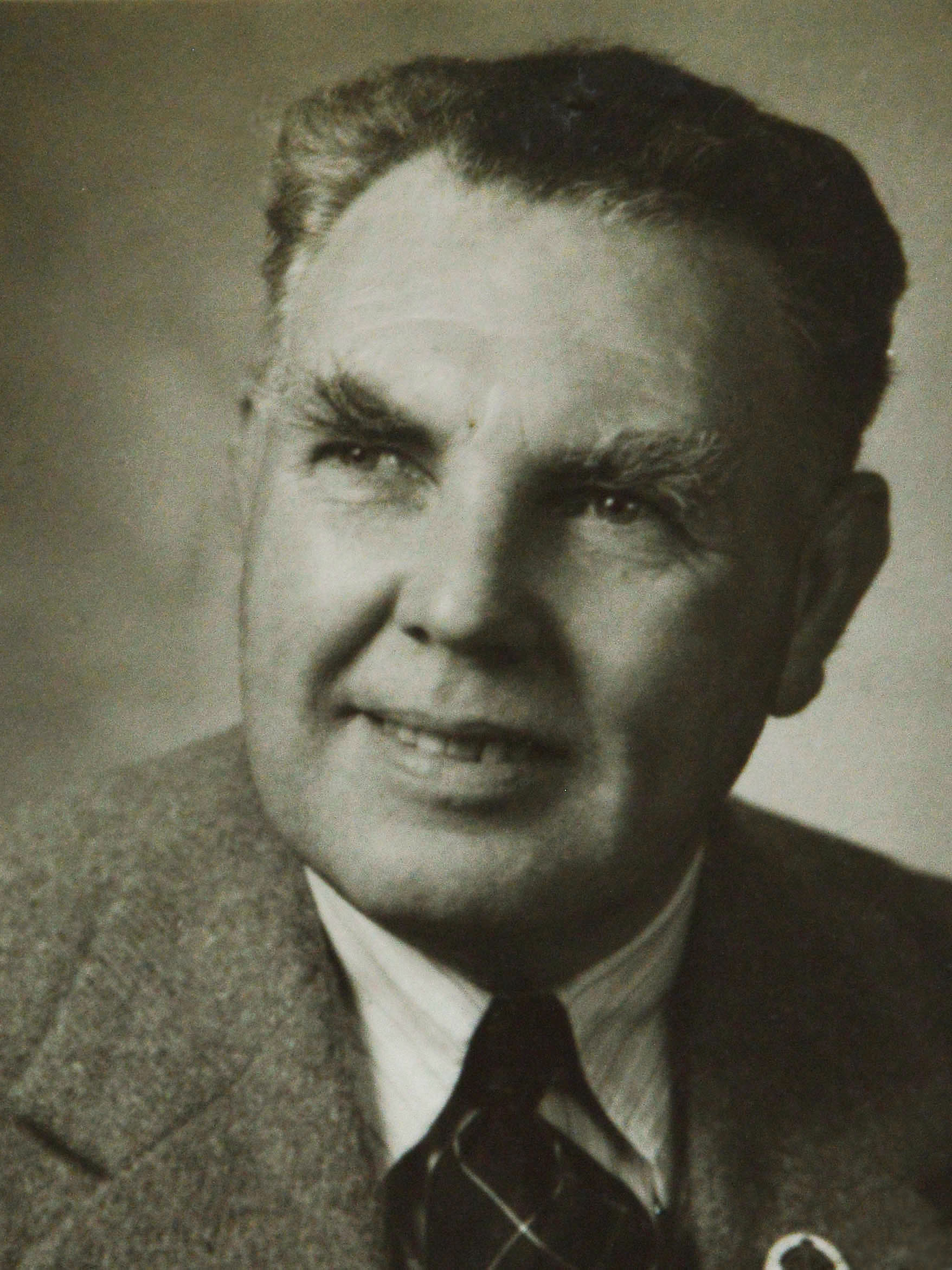
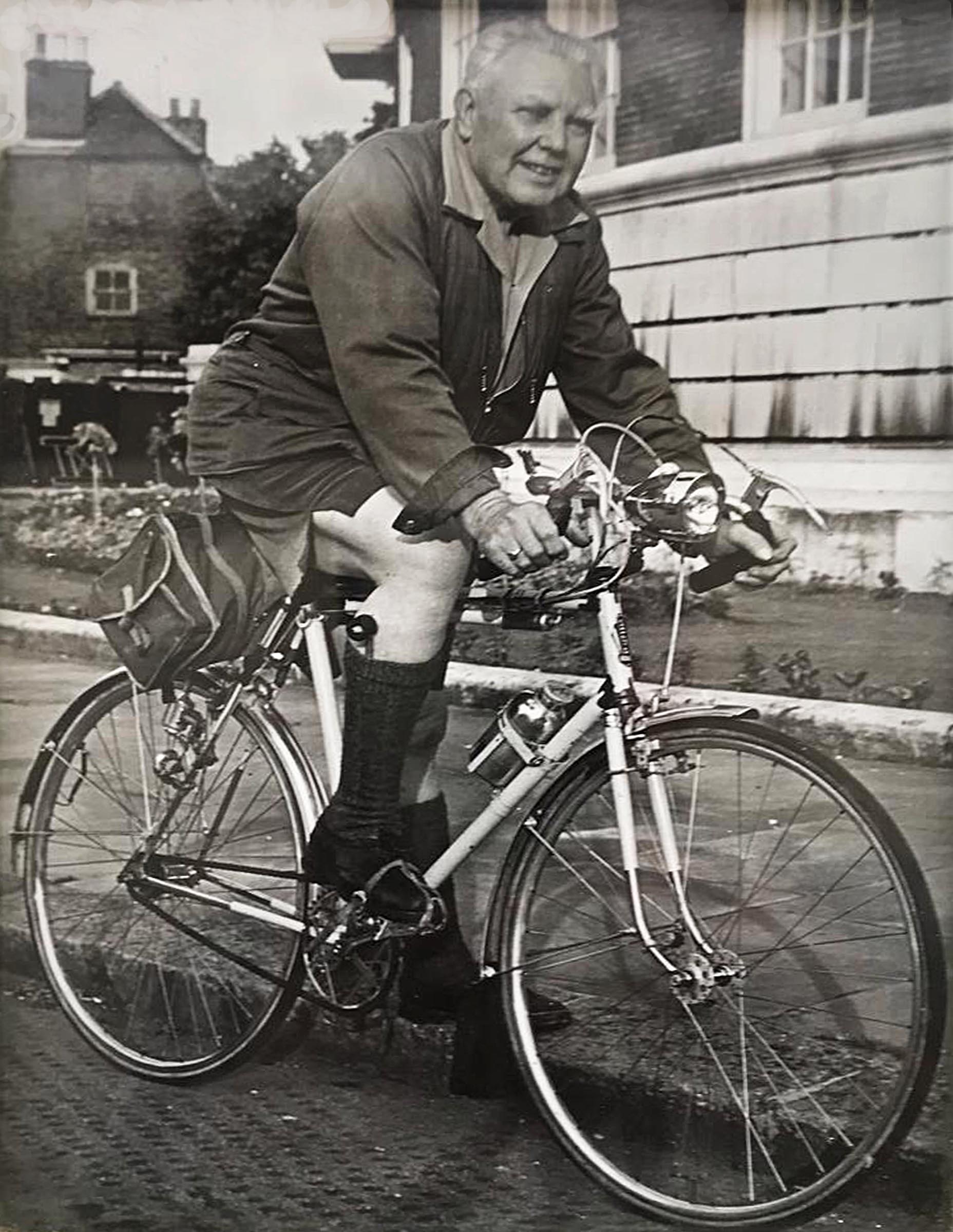
1969 – At the club run meeting point
Bill married Doris Emily Moore in Kingston on the 26th of April 1926, and set-up home together in Surbiton before moving to Long Ditton in 1931. They had one child, a daughter Pam, in January 1930 who Bill very much passed on the cycling bug to. Pam met her second husband, Arthur Jessop, through the Kingston Wheelers at one of the roller evenings hosted at Bill’s house after WWII. Growing up Pam spent much of her free time on the back of her father’s tandem in and around the club, and when old enough to have her own road bike she road down to Cornwall with Bill to stay with a family friend – akin to her dad in his youth who used to ride to Cardiff to visit his aunt. Riding with the Wheelers, Bill would often chastise Pam for sprinting off and trying to race the men in the club – for this reason she joined the Clarence Wheelers, where she remained a member for many years..
During WWII Bill was attached to the Red Cross and the Home Guard and with most of the Kingston Wheelers having been drafted, the club was disbanded in 1941. Together with another long time member Gil Jessop, the club was eventually reformed in 1953 and Bill was appointed President of the Kingston Wheelers – a position he would hold until 1984.
Following Bill’s retirement in 1965, he was even more active in the club and across cycling. Just a few of his involvements were regularly marshalling races, building and tuning wheels for the club’s racers, timekeeping at the famous Herne Hill Easter Monday meets, volunteering in schools with cycling proficiency, and teaching bike mechanics. When Bill’s age became a barrier to keeping up on the KW club runs he bought a Lambretta scooter and would typically marshal or run a local cycling race in the morning before dashing over to the club run tea stop to meet his fellow Wheelers and then ride them back with them towards Kingston on his scooter.
Although Bill started the club, his personality meant he didn’t want to be it’s leader, and was usually happy taking a back seat role. He was more to the fore once the club reformed but left much of the running of it to Gil. However Bill continued to help out and fulfil his President’ role with KWCC, particularly at the Dinner and Dance club awards addressing members each year with a speech and toast. Bill died in February 1990.
Today the Bill Orpin Presidents Trophy (first presented in 1984) is awarded, each year, to the member deemed to have made the Most Valuable Contribution to the Club. Throughout the 1990s, the club also presented the Bill Orpin 25 mile Handicap Trophy.
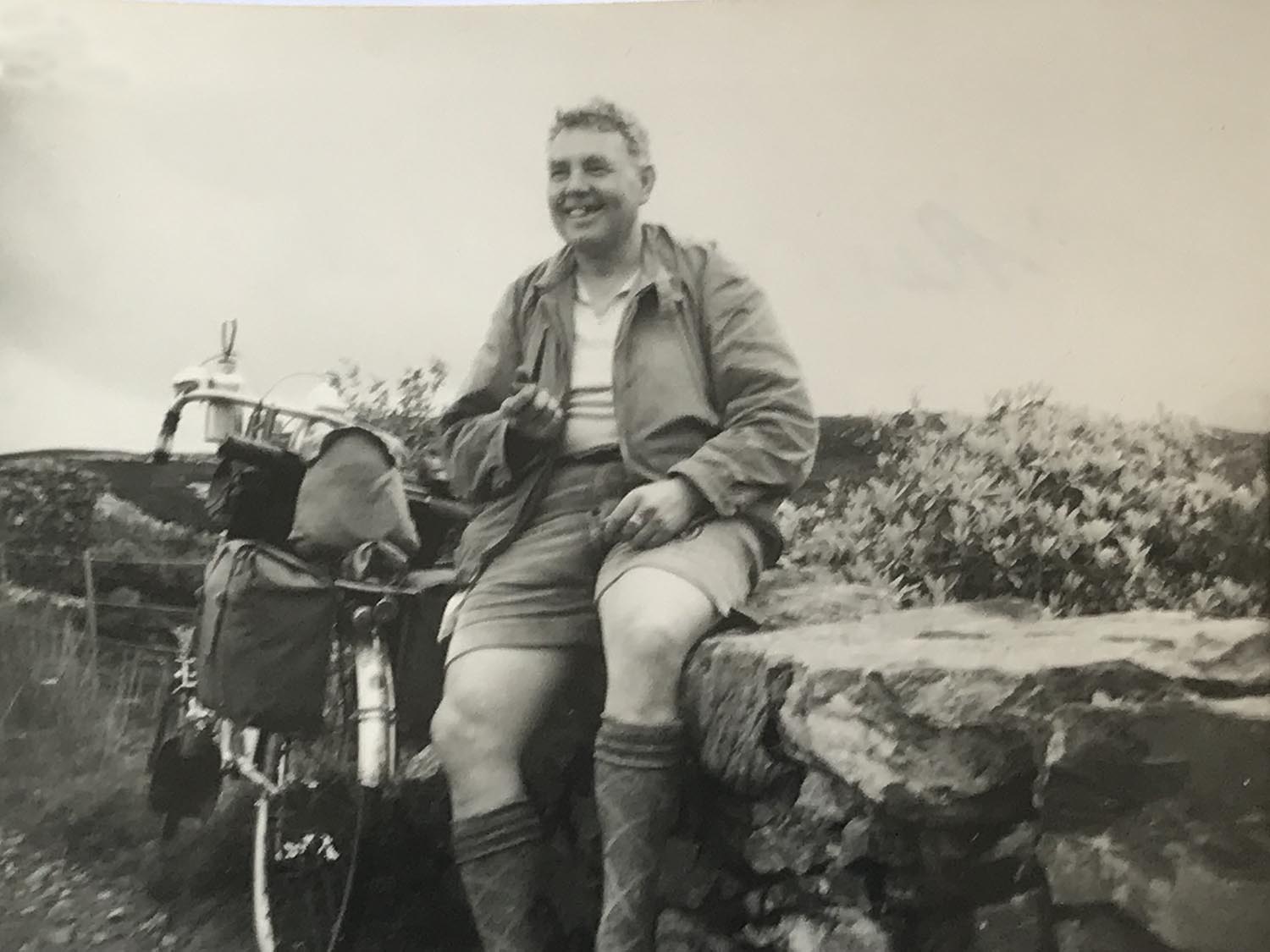
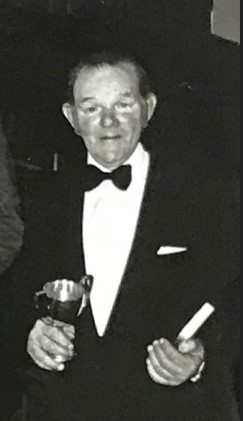
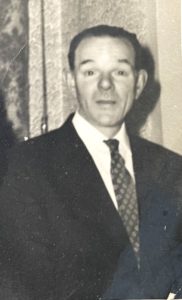
Gil Jessop – Helped lead the Kingston Wheelers for almost 60 years and was ‘married’ to his bike.
Gilbert Arthur Jessop, or Gil as he was known to everyone, was born in Kingston on the 7th October, 1907, and was brought up on Staunton Road. He had a brother and two sisters. In July 1938, Gil married Violet May House in Kingston, and they moved into Leatherhead Road in Chessington (where he would live out the rest of his life). But it was a short lived marriage, his focus was very much on the club and on cycling, including riding huge distances; usually solo. He didn’t have children, never remarried, nor had another long-term partner – cycling was his life.
Gil was an accomplished ballroom dancer, something he used to teach, and would love to show off his moves at the club’s annual dinner & dance nights. His dad was a painter, and Gil also excelled at art – he would paint scenes from some of his picturesque cycling trips. Gill worked as a glass beveller, for many years for Leatherhead Glass, glass suppliers and fitters.
Gil was an accomplished ballroom dancer, something he used to teach, and would love to show off his moves at the club’s annual dinner & dance nights. His dad was a painter, and Gil also excelled at art – he would paint scenes from some of his picturesque cycling trips. Gill worked as a glass beveller, for many years for Leatherhead Glass, glass suppliers and fitters.
During WWII he enlisted with the Royal Corp of Signals and served in Burma and Singapore. Gil was instrumental in reforming the Kingston Wheelers after the war and was hugely significant in the Club’s stewardship for the next four decades, guiding it through many different periods. Gil would regularly host club nights and meetings at his home, during the years when the membership was small. When he, with the help of Bill Orpin, reformed the Wheelers in 1953 Gil became General Secretary of the club and one of its Vice Presidents. Both roles he would hold for over 30 years until 1985. The club then began a period of rotating Club Presidents, usually annually, and Gil served as Club President in 1986, 1989, and from 1991 until his death. Regardless of his official club role, Gil was the heart of the club, at its front and centre.
Gil joined the Wheelers in 1930 during the club’s formative years. During WWII he enlisted with the Royal Corp of Signals and served in Burma and Singapore. Gil was instrumental in reforming the Kingston Wheelers after the war and was hugely significant in the Club’s stewardship for the next four decades, guiding it through many different periods. Gil would regularly host club nights and meetings at his home, during the years when the membership was small. When he, with the help of Bill Orpin, reformed the Wheelers in 1953 Gil became General Secretary of the club and one of its Vice Presidents. Both roles he would hold for over 30 years until 1985. The club then began a period of rotating Club Presidents, usually annually, and Gil served as Club President in 1986, 1989, and from 1991 until his death. Regardless of his official club role, Gil was the heart of the club, at its front and centre.
He was never happier when on his bike: taking youngsters on their first club runs, touring on the continent, racing in long-distance time trials. For around 30 years, almost every week, Gil would lead the Sunday club runs – until he was deep into his seventies. Gil was ever helpful and encouraging to the young and novice club members and would aid them in getting started in time trialing – he would even loan members club kit, for those who could not afford to buy, so they could take part in open events. He could often be heard saying ‘ Happy Wheeling’ around the club.
Being so keen on long distance riding it is not surprising that Gil entered a number of 24-hour time trial events. Once asked how he trained for them, he replied “I ride to Lincoln and back up and down the A1”. Nothing quite shows a love for cycling like riding a couple of hundred miles on the awful A1 road!
In his final years Gil would still occasionally ride his handmade Wren bicycle, but right up to the end the weekly club nights remained an important part of his life. John Bornhoft, who was by this time running the Club, would drive to Gil’s home to pick him up and head to Ham. Although he was a quiet, small and very modest man (with a “gentlemanly manner”), he would often hold court at club nights such was the respect he had within KWCC.
Gil died on October 2nd, 1993 of a heart attack at his home. He was 85.
In 1994 the recently created club’s Sporting 14 open time trial event was renamed in Gil’s memory and continues to flourish as an early season test against the clock to this day. Within the club the Gil Jessop Trophy (first presented in 1976) for the best junior in the club over a 10 mile time trial, and the GA Jessop Junior Championship Shield have been awarded over the years.
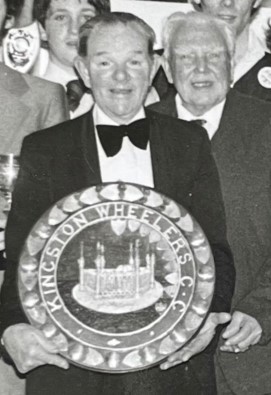

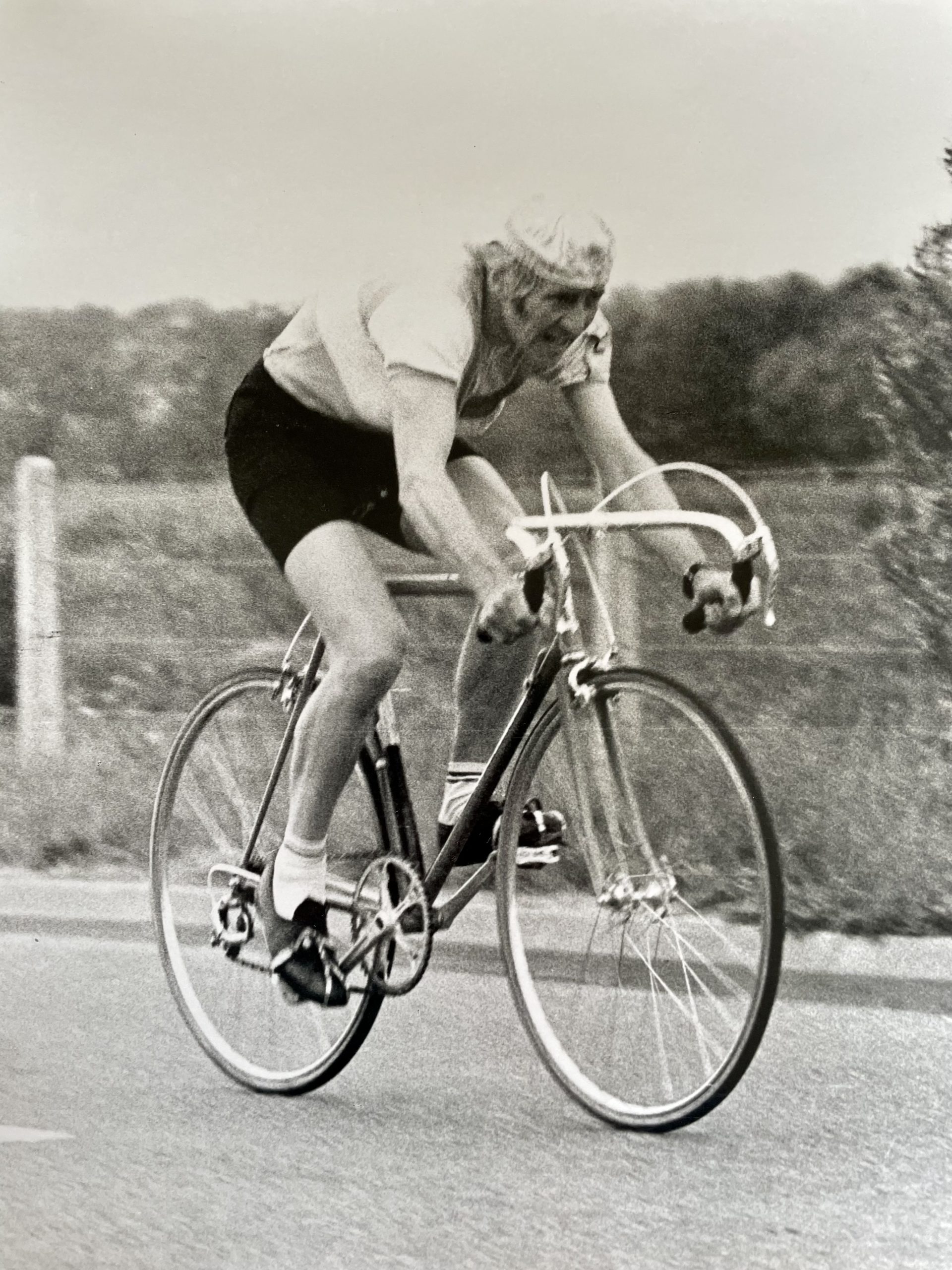
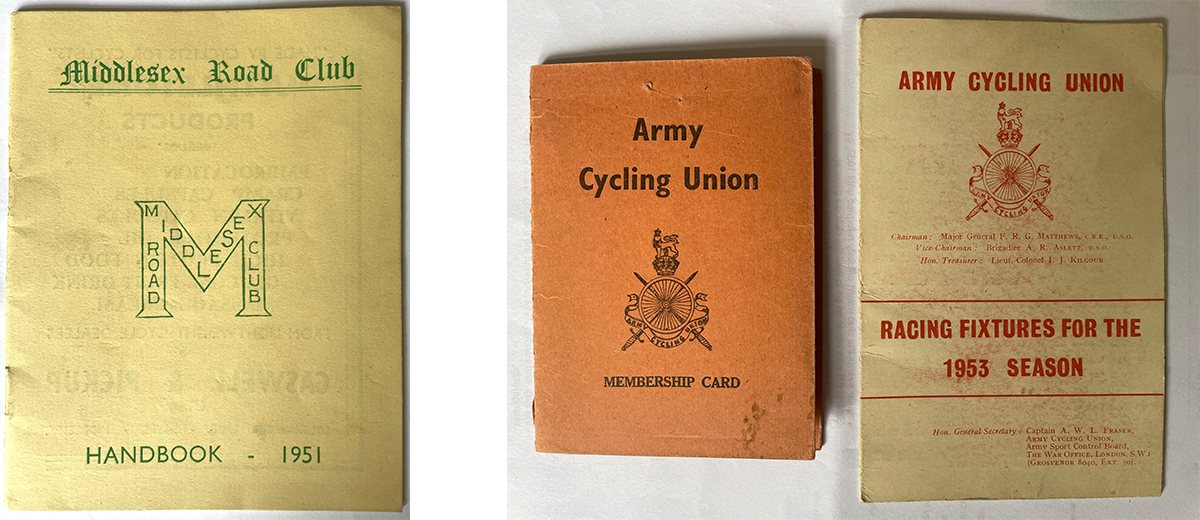
John Bornhoft – President of Kingston Wheelers who loved to race his bike and encouraged others to share in the joy of sport.
John Charles Bornhoft was born in Harrow on the 19th February 1934. His father was a postman who rode everywhere by bike. At the age of 12 John got his first race bike (a Bates with then state of the art Duo-curves forks) and in 1951 he joined his first cycling club, the Middlesex Road Club based in Southall.
After leaving school at 15 John started an apprenticeship as a joiner/carpenter and then did his National Service where he raced for the military as part of the Army Cycling Union.
After a couple of jobs as a cabinet maker John was given a role at the Victoria & Albert Museum’s conservation department in 1958 restoring their furniture collection; where he stayed until his retirement in 1994. While at the museum John would sometimes be seconded to other organisations inc the National Trust and an interesting project in 1973 restoring the 1920s doll’s house of Queen Mary at Windsor Castle, where he got to unveil his completed work to the Queen.
John married Valerie in Wembley on 4th April 1959 and they went on to have 3 children, Mark, Simon and Sally. Following their marriage, John and Valerie moved to Billericay (Essex) where they would regularly ride a tandem together, and on to Claygate in 1966. John joined the Kingston Wheelers in July 1975 along with his eldest son Mark and they immediately took to time trial racing, both winning club awards in their first season. John was very active in the club right from the start with organising club matters and participating in social events and rides. He was very collaborative with, and supportive of, Gil Jessop.
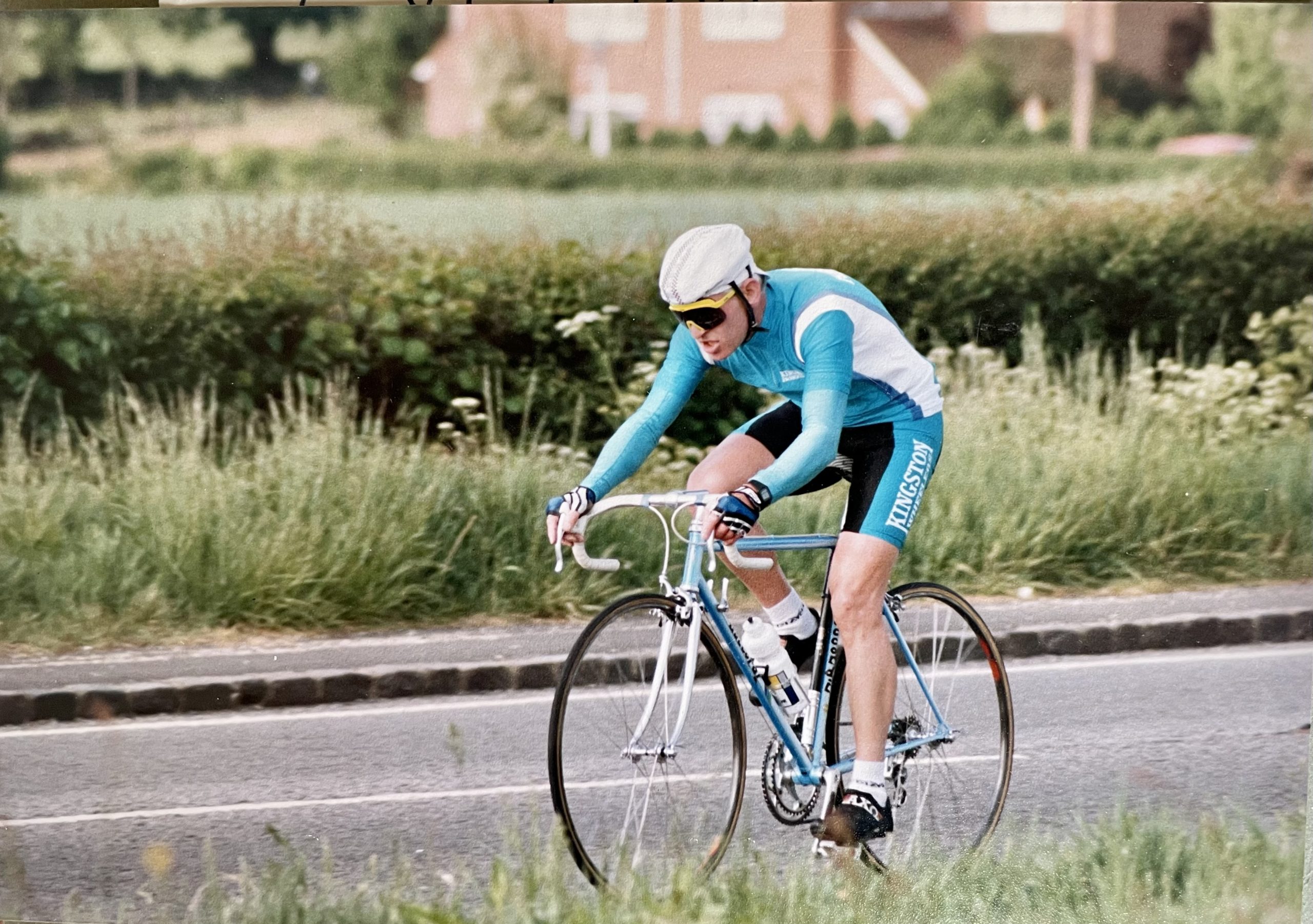
John was exceptionally encouraging to club members, continuingly offering advice and guidance, inspiring them to be the best sportsperson they could be but always with an emphasis on enjoyment. He nurtured his children to be a triathlete, a windsurfer and a runner – all at a high level.
From the early 1980s John took on more prominent roles on the committee and soon he was leading the Club, fulfilling multiple committee positions. From that point until 2003 all club rides would typically be led by John and in the days long before gpx files, he had a detailed map of the Surrey and Sussex lanes (and beyond) in his head, taking members on a great variety of quiet routes. John was a very strong and competitive time trialist who raced for the Club for over 20 years, very regularly featuring in the prize presentation lists.
One of John’s favourite cycling trips was the club annual ‘training camp’ in Mallorca where he would make a point of riding a minimum of a 100 miles every day there. John also regularly participated in tough cylo-sportives abroad (even in his late 60s), inc some of the early L’Etapes, the full Paris Roubaix route and the Marmotte. Following his retirement John formed the ‘Over the Hill’ gang with friends – a mid-week riding group (inc the owner of Evans Cycles – who in 2004 would provide sponsorship to the club).
Within the club John was known as a ‘prodigious mile eater’ – which captured very neatly his persistence and consistency as a rider. From John’s detailed diaries and cycling logs, we can see he typically rode c11,000 miles annually. During club runs, John could be heard encouraging others with one of his many regular saying, including “Just keep spinning”, “Legs not lungs”, “Enjoy the hills as part of the journey”, and “Never give up”.
John died on 18th September 2003 from cancer. In his memory, since 2007, the club has hosted The John Bornhoft Hill Climb an open event up Leith Hill Lane.
